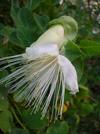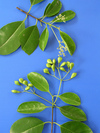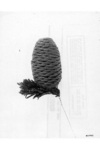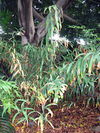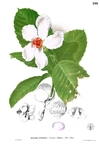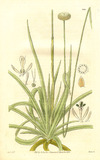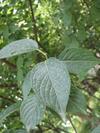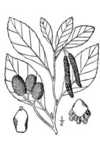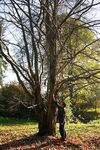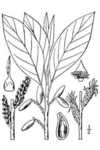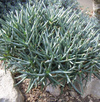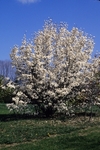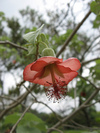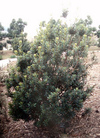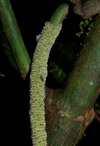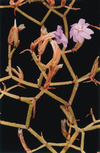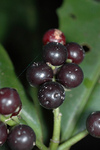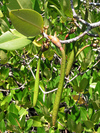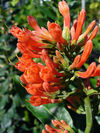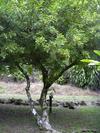Plants
Taxonomy divides all creatures into one of five kingdoms. The living things that comprise Kingdom Plantae, commonly known as plants, are multicellular organisms that feed via photosynthesis and have cell walls containing cellulose. This textbook definition only hints at the astonishing variety of plants so far discovered and with many more species still unknown to mankind; well over a quarter of a million plant species have been classified.
The tiny, primitive mosses growing on a towering sequoia tree and the tree itself are members of Kingdom Plantae. The green seaweed that washes up on a tropical beach and the palm trees growing along its edge also belong to the same kingdom.
Evolution of Plants
Before any animal walked on the land, plants had already grown there. About 500 million years ago during the Devonian period, the first plants colonized this new environment and permanently altered it in the process. The earliest land plants were bryophytes, or mosses. These primitive plants thrived in moist environments along flood plains and river deltas; most present-day mosses still rely on atmospheric moisture to survive.
From these evolved the tracheophytes or vascular plants. Most of the organisms that people readily identify as plants are tracheophytes. Thanks to vascularization, these plants were able to colonize every environment, as they were no longer limited to drawing water from the atmosphere. Their vascular systems also allowed them to grow huge compared to tiny bryophytes; massive ferns and cycads changed both the planet's rocky face and its atmosphere. These early plants became known as gymnosperms, literally meaning "naked seed" plants, because their seeds were unenclosed. They still exist in number--the coniferous forests of North America contain millions of these organisms.
Flowering plants, or angiosperms, first appeared in the fossil record about 200 million years ago, arriving as the age of dinosaurs was ending. Some early angiosperms had cone-like structures that make them a "missing link" of sorts between angiosperms and gymnosperms. Magnolia seed clubs look very like cones, for example. Despite their relatively short time on the planet, angiosperms have evolved to fill surprising evolutionary niches. Sundew plants of the genus Drosera actually trap and digest small insects, so plants can even fill the role of predator in a food web.
Photosynthesis: The Defining Characteristic of Plants
Regardless of their age or complexity, plants photosynthesize their nutrients. Photosynthesis is a chemical process that uses the energy from sunlight to convert carbon dioxide and water into organic compounds. These compounds make the sun's energy accessible to the plant--and crucially, to anything that eats the plant. This unique ability to transform sunlight into accessible energy makes plants the basis for almost all life on Earth. Both the sugared breakfast coffee and the egg that accompanies it ultimately arose from sunlight, carbon dioxide, and water.
Plants have evolved to take advantage of the specific characteristics of the light they receive. Plants that live in the highly competitive environment of a rainforest floor have broad leaves to maximize the light they catch, while the towering trees above them grow large so they can top their neighbors and get more sun. Northern conifers have dark, thick needles to minimize surface area exposed to the drying cold air while still gathering as much heat and light as possible.
All life on earth aside from some strains of bacteria depends on plants for food and oxygen. Since before the most distant ancestors of the human race first crawled onto the land, plants had prepared the way.









